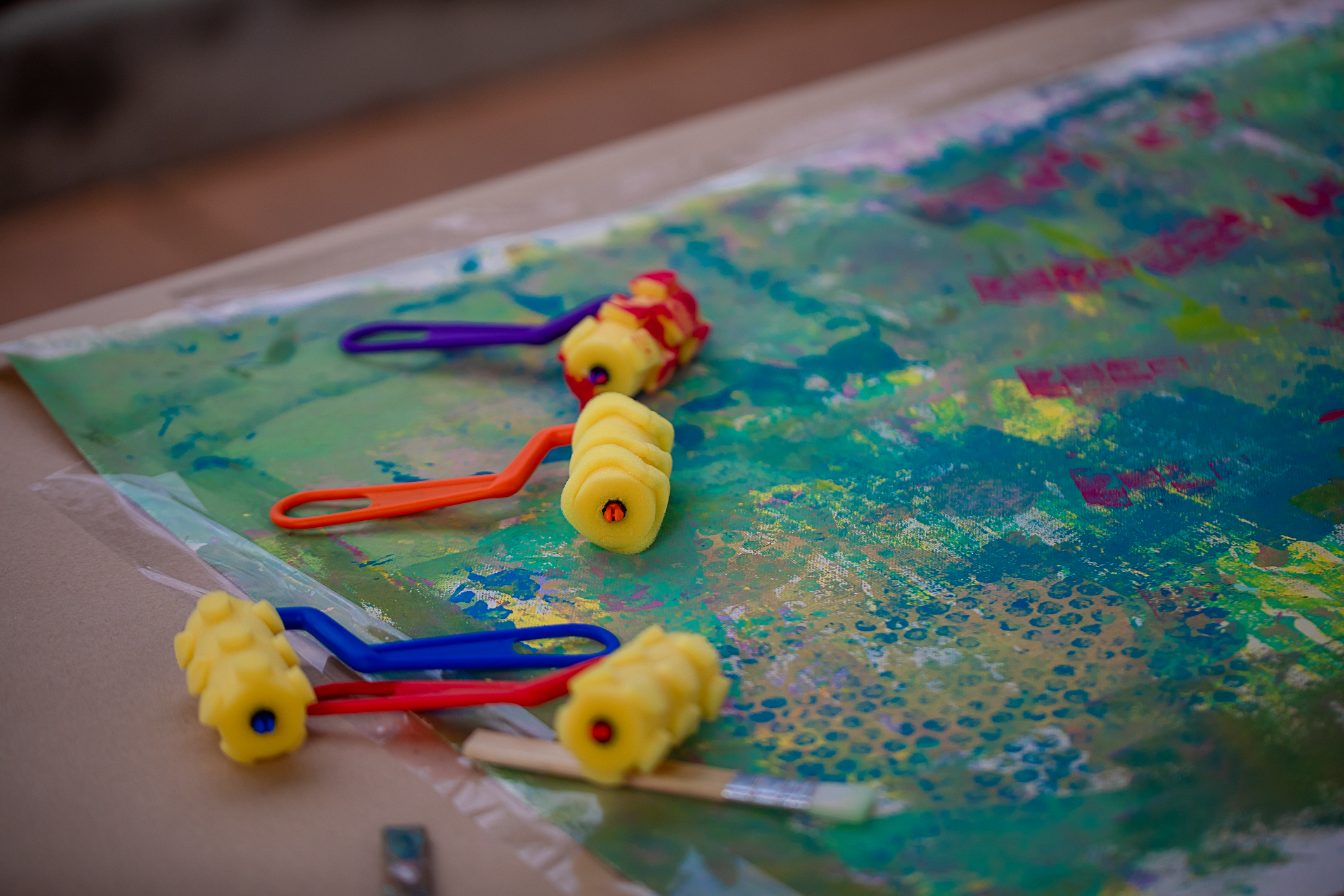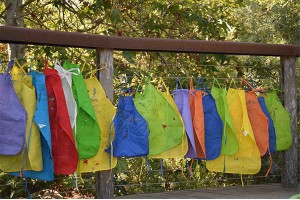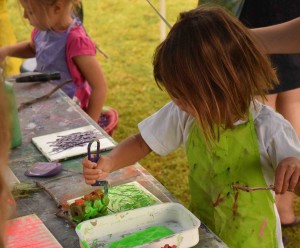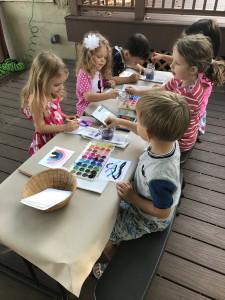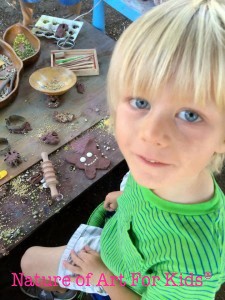How to Teach Art to Preschoolers
As an art expert engaging with thousands of preschoolers annually, I’ve compiled some beginner tips that can help kickstart your journey in teaching art, whether you’re a parent, teacher, or daycare provider.
What art projects should you teach preschoolers?
The first thing you should understand is what visual arts is for kids, and what you should teach. In my latest book “Defining Visual Arts” I explain exactly what art literacy means for children, and answer this in full detail in the book. But, here’s a general list of art making projects preschoolers should explore:
- Doodling
- Painting
- Crafting
- Color Exploration
- Clay Modeling
How to teach preschoolers
The second thing you should know is how preschoolers learn art best. I use my process based art teaching method. I’ve written several blogs describing what process based art means.
Basically, preschoolers should be exploring and discovering art mediums without any expected outcome. I don’t recommend you teach preschoolers step-by-step instructional lessons to follow.
Keep techniques very simple. The thing you want to focus on is giving children task for fine-motor skill development. Art creating helps children get better at hand task, this helps develop muscles both small and large. Preschool art projects should be fun, easy, safe, and process based.
Art supplies best for preschoolers
You want to be sure you use only safe non-toxic art supplies with little children.
Adult fine artist art supplies are toxic. Some preschoolers still explore with their mouths, so buy art supplies designed only for children. Here’s my basic art medium list for preschoolers:
-
Doodling – crayons, coloring pencils, oil pastels, tempera sticks
-
Painting – watercolor paints, tempera paints, kids’ acrylic paint, watercolor crayons, watercolor pencils
-
Simple crafts – paper, string, sewing, gluing, cutting, taping, beading, cardboard, and nature craft making
-
Color – mixing primary colors, discovering color mixing
-
Clay Modeling – earth clay, beeswax clay, Wikki Sticks, plasteline clay (non-harden), air-hardening clay, homemade playdough
Art Language (Elements & Principles of Design)
Very basic art language should be introduced at these ages, use language very casually.
Studying the Elements & Principles of Design should be taught in upper elementary grades:
- Line – Straight, curve, zigzag, waves
- Shape – Geometric and organic
- Form – Solid
- Color – Value, contrast, complementary, warm, cool
- Texture – 2D & 3D
Child Creativity
Understand children have a natural gift at being creative, and have a great imagination! You will not be teaching children to be creative, but more guiding exploration and self discovery. Preschool art projects should be playful.
Warmly,
Spramani Elaun
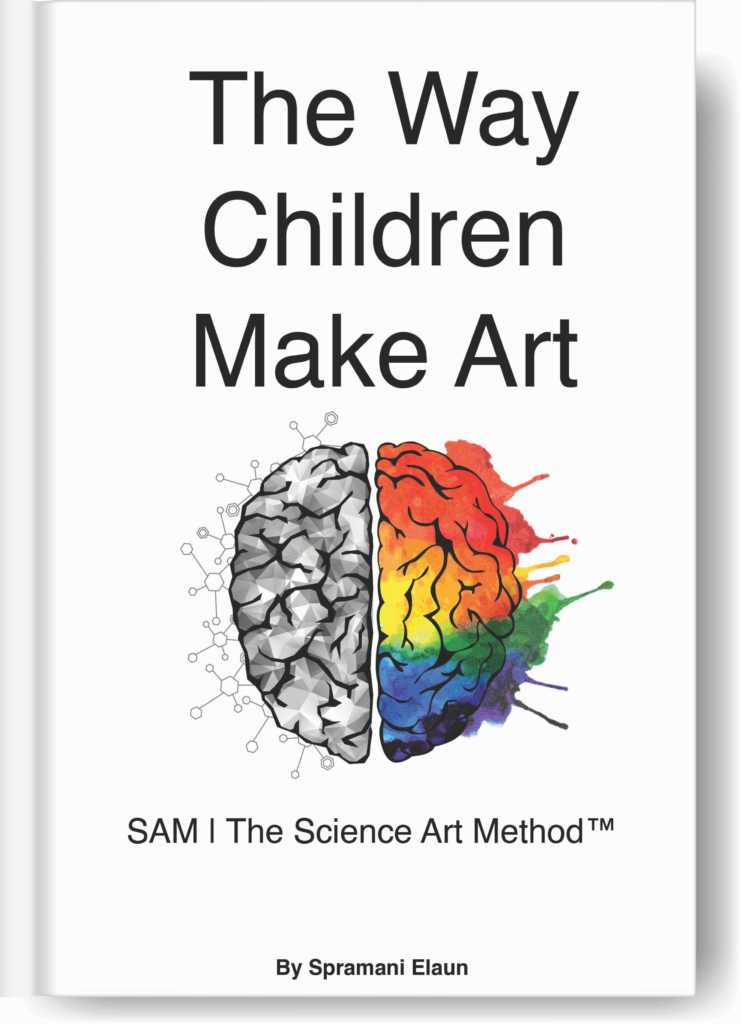
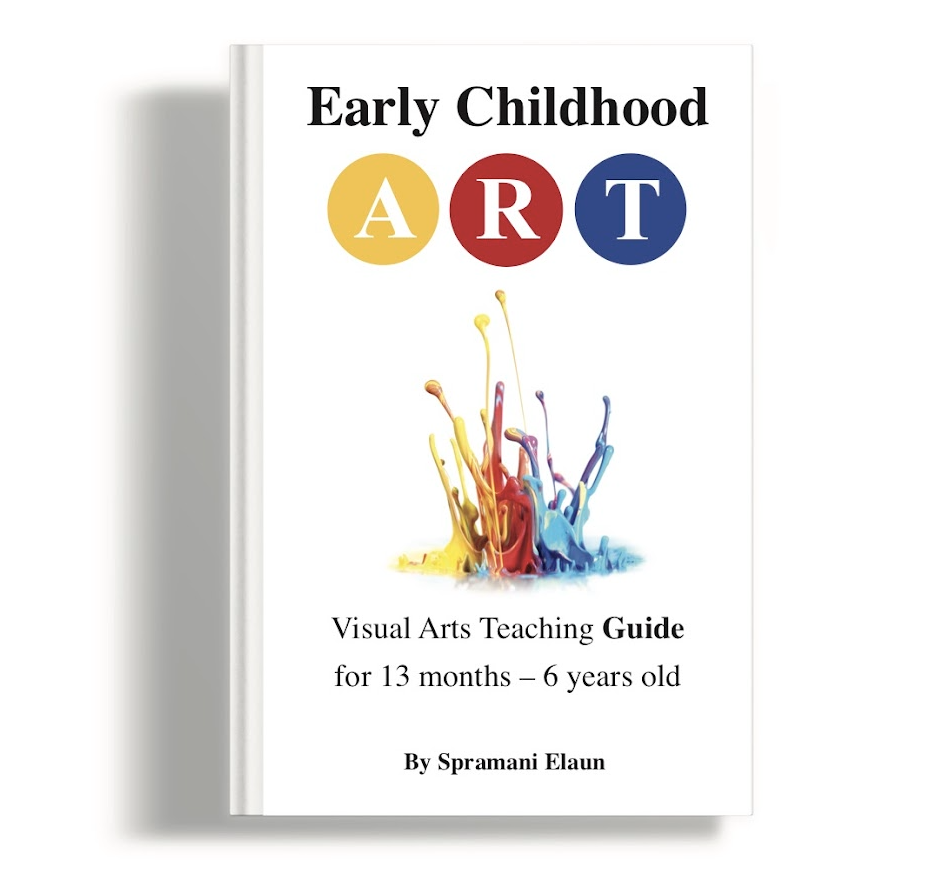
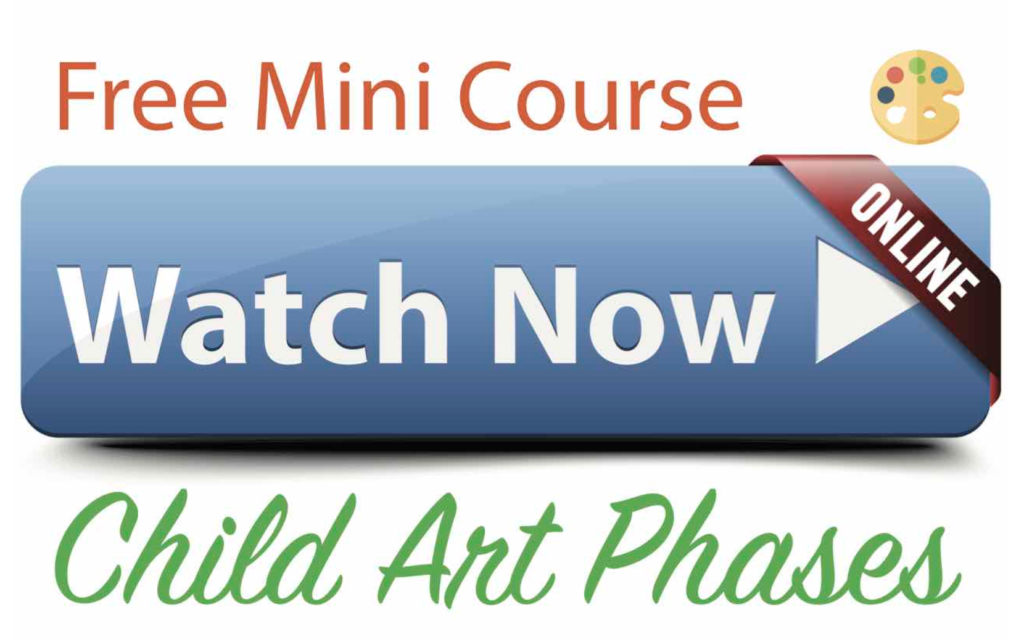
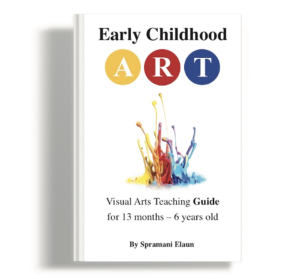
All rights reserved © 2025, Nature of Art®

No part of this blog may be used or be reproduced in any manner whatsoever including reproducing, publishing, performing, and making any adaptions of the work – including translation into another foreign language without written permission except in the case of brief quotations embodied in critical articles and reviews. Nature of Art® Publishing P.O. Box 443 Solana Beach, California 92075.
